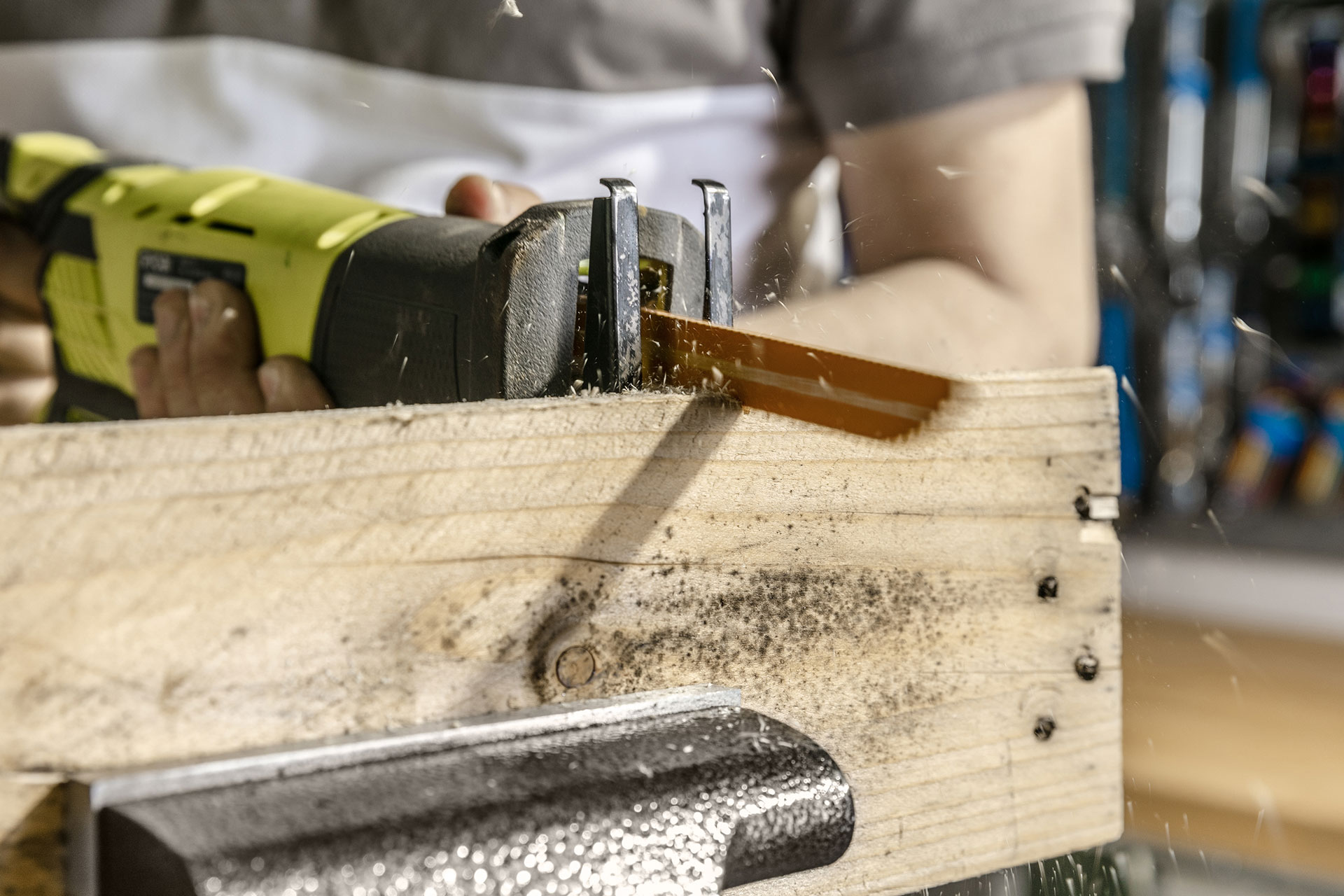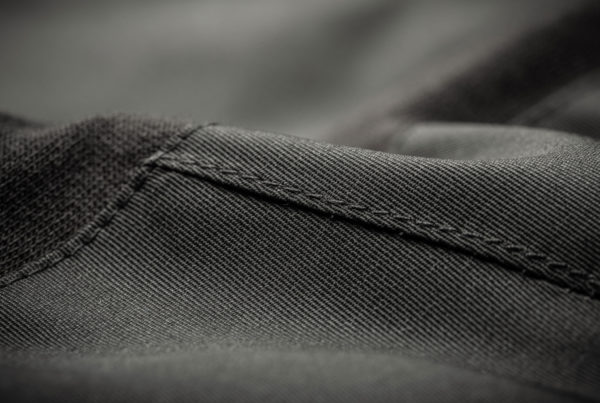The choice of saw blade influences on the quality of obtained cut. Therefore, its purchase should be determined by two factors. The most important is to define the type of material that will be cut (wood, plastic, metal, etc.) and then to define the user’s needs (clean, fast, straight, curved cut, etc.). If the user wants to obtain the most economical cutting performance, the number of variables to be taken into account when purchasing saw blades will increase significantly. The efficiency and tool life are influenced by: the material from which the saw blade is made, the type of teeth, the tooth geometry and the teeth spacing.
A mismatch of a saw blade can cause quick blunting or breaking the teeth. In extreme cases, even a tool breakage is possible.
Factor I – the material from which the saw blade was made:
- HCS – blades made of carbon steel (dedicated to cutting soft materials).
- CrV – blades made of chrome-vanadium alloy steel.
- HSS – blades made of high-speed, high-alloy steel (dedicated to cutting metal).
- HM – blades made of sintered carbides and bimetal (dedicated to cutting particularly hard materials).
- BiM – bimetal saw blades.
- HM/TC – blades made of carbon steel in combination with sintered carbides (dedicated to cutting particularly hard materials).
Check our saw blades collection
Factor II – type of teeth:
- Wavy teeth designed for straight-line cut.
- Sharpened teeth designed for precise cut.
- Side-set teeth designed for fast cut.
- Side-set sharpened teeth designed for fast rough cuts.
Factor III – tooth geometry:
- An angle of attack that determines tooth hollow depth into the material. If the angle is large, the saw blade may go deeper into the material. Therefore, for cutting hard materials, blades with a small angle of attack are used, and similarly, for cutting soft materials, blades with a large angle of attack are used.
- Teeth number per inch. The choice of teeth should depend on the thickness and hardness of the processed material. A small pitch will ensure a precise cut through the hard material at a slow cutting speed, and similarly – a large pitch will ensure fast cutting of soft material.
Check our saw blades collection
Factor IV – teeth spacing:
- The pitch, called the teeth spacing, can be constant or variable. The constant pitch is the one in which all saw blade teeth have the same spacing. The variable pitch occurs in saw blades with different spacings. Variable teeth density enables to cut materials of different hardness.
Worth knowing
Before purchasing a saw blade, the type of shank in the jigsaw handle should be checked. There are three types on sale:
- U-shank
- T-shank – the most popular one-tab mount on the market
- Type 2T – two-tab mount




